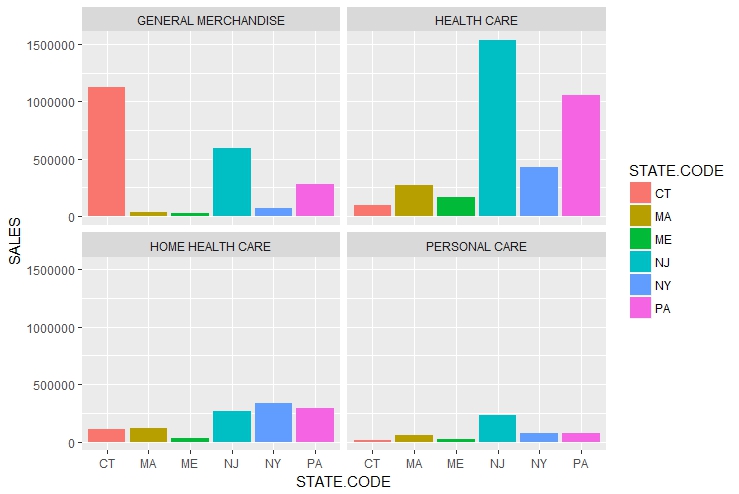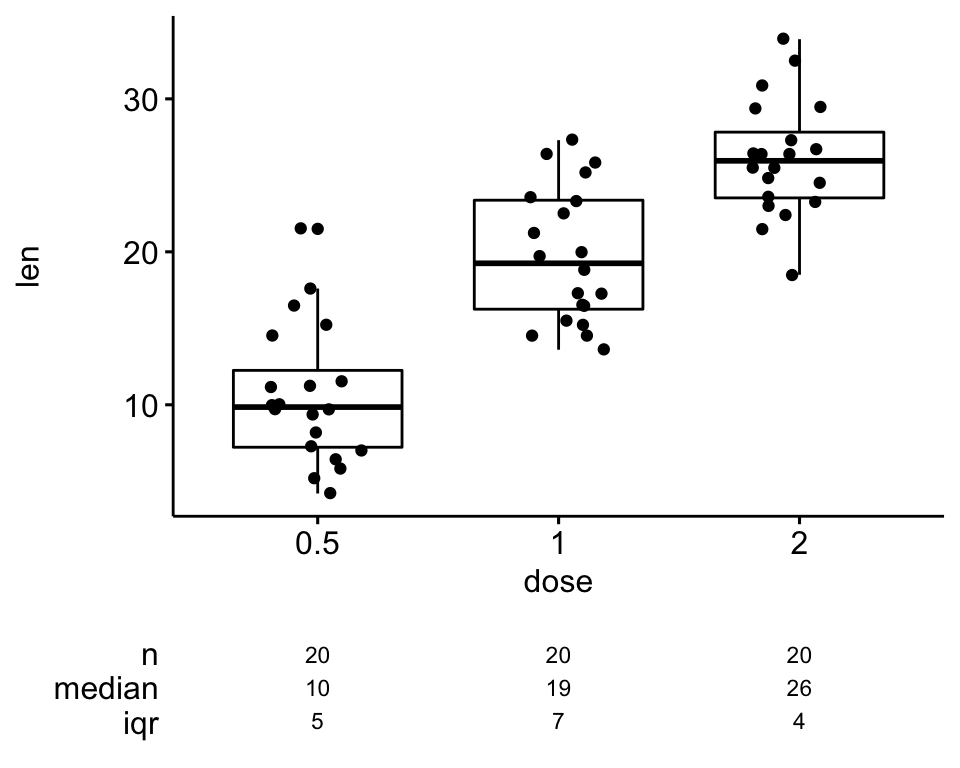Plots With R
Posted By admin On 13/04/22- Radar Plots With Different Ranges
- Scatter Plots With Residual Values Examples
- Rstudio Plots
- Box And Whisker Plots With Repeated Numbers
- 3d Plots With R
- Movies With Revenge Plots
There are many ways to create a scatterplot in R. The basic function is plot (x, y), where x and y are numeric vectors denoting the (x,y) points to plot. The plot( ) function opens a graph window and plots weight vs. Miles per gallon. The next line of code adds a regression line to this graph. The final line adds a title. You can save the graph in a variety of formats from the menu File - Save As.
Two-way Interaction Plot

Plots the mean (or other summary) of the response for two-way combinations of factors, thereby illustrating possible interactions.
- Keywords
- hplot
Usage
Arguments
a factor whose levels will form the x axis.
another factor whose levels will form the traces.
a numeric variable giving the response
the function to compute the summary. Should return a single real value.
the type of plot (see plot.default): lines or points or both.

logical. Should a legend be included?
overall label for the legend.
logical. Should the legend be in the order of the levels of trace.factor or in the order of the traces at their right-hand ends?
the x and y label of the plot each with a sensible default.
numeric of length 2 giving the y limits for the plot.
line type for the lines drawn, with sensible default.
the color to be used for plotting.
a vector of plotting symbols or characters, with sensible default.

determines clipping behaviour for the legend used, see par(xpd). Per default, the legend is not clipped at the figure border.
arguments passed to legend().
logical. Should tick marks be used on the x axis?
graphics parameters to be passed to the plotting routines.
Details
By default the levels of x.factor are plotted on the x axis in their given order, with extra space left at the right for the legend (if specified). If x.factor is an ordered factor and the levels are numeric, these numeric values are used for the x axis.
The response and hence its summary can contain missing values. If so, the missing values and the line segments joining them are omitted from the plot (and this can be somewhat disconcerting).
Radar Plots With Different Ranges
The graphics parameters xlab, ylab, ylim, lty, col and pch are given suitable defaults (and xlim and xaxs are set and cannot be overridden). The defaults are to cycle through the line types, use the foreground colour, and to use the symbols 1:9, 0, and the capital letters to plot the traces.
Note
Scatter Plots With Residual Values Examples
Some of the argument names and the precise behaviour are chosen for S-compatibility.
References
Chambers, J. M., Freeny, A and Heiberger, R. M. (1992) Analysis of variance; designed experiments. Chapter 5 of Statistical Models in S eds J. M. Chambers and T. J. Hastie, Wadsworth & Brooks/Cole.
Aliases
- interaction.plot

Rstudio Plots
Examples
Box And Whisker Plots With Repeated Numbers
library(stats)# NOT RUN {require(graphics)with(ToothGrowth, {interaction.plot(dose, supp, len, fixed = TRUE)dose <- ordered(dose)interaction.plot(dose, supp, len, fixed = TRUE, col = 2:3, leg.bty = 'o')interaction.plot(dose, supp, len, fixed = TRUE, col = 2:3, type = 'p')})with(OrchardSprays, { interaction.plot(treatment, rowpos, decrease) interaction.plot(rowpos, treatment, decrease, cex.axis = 0.8) ## order the rows by their mean effect rowpos <- factor(rowpos, levels = sort.list(tapply(decrease, rowpos, mean))) interaction.plot(rowpos, treatment, decrease, col = 2:9, lty = 1)})with(esoph, { interaction.plot(agegp, alcgp, ncases/ncontrols, main = 'esoph' Data') interaction.plot(agegp, tobgp, ncases/ncontrols, trace.label = 'tobacco', fixed = TRUE, xaxt = 'n')})## deal with NAs:esoph[66,] # second to last age group: 65-74esophNA <- esoph; esophNA$ncases[66] <- NAwith(esophNA, { interaction.plot(agegp, alcgp, ncases/ncontrols, col = 2:5) # doesn't show *last* group either interaction.plot(agegp, alcgp, ncases/ncontrols, col = 2:5, type = 'b') ## alternative take non-NA's {'cheating'} interaction.plot(agegp, alcgp, ncases/ncontrols, col = 2:5, fun = function(x) mean(x, na.rm = TRUE), sub = 'function(x) mean(x, na.rm=TRUE)')})rm(esophNA) # to clear up# }